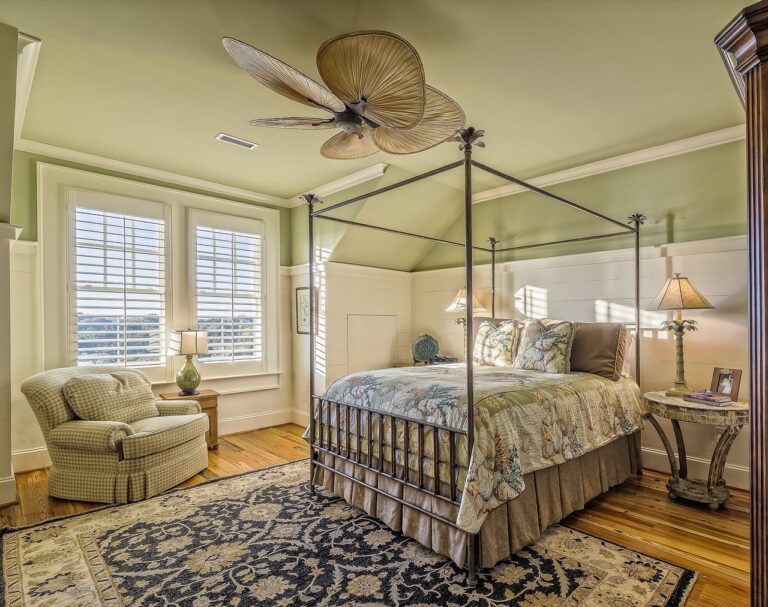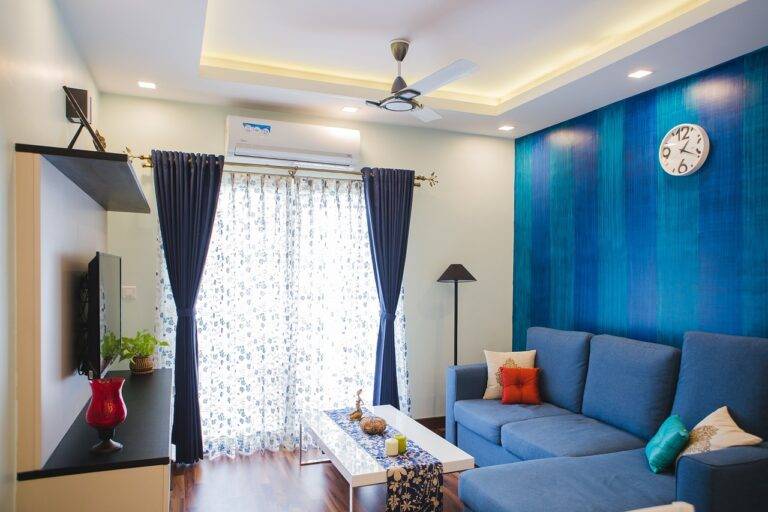Vintage Vibes: Victorian Tile Flooring for Old-World Charm
silver exchange, goldenexch login, betbook247.com login:Vintage Vibes: Victorian Tile Flooring for Old-World Charm
When it comes to interior design, there’s something timeless and captivating about incorporating vintage elements into modern spaces. One of the best ways to achieve this old-world charm is through the use of Victorian tile flooring.
Victorian tile flooring originated in the 19th century during the reign of Queen Victoria in England. These intricate and colorful tiles were a popular choice for both residential and public buildings, adding a touch of elegance and luxury to any space. Today, Victorian tiles are making a comeback, as homeowners and designers alike seek to capture the essence of a bygone era in their homes.
If you’re looking to add a touch of vintage charm to your home, Victorian tile flooring is an excellent choice. In this blog post, we’ll explore the history of Victorian tiles, the various styles available, and how you can incorporate these beautiful tiles into your own space.
A Brief History of Victorian Tile Flooring
Victorian tile flooring first gained popularity in the mid-19th century during the Victorian era in England. These tiles were typically made from clay and were handcrafted using intricate patterns and vibrant colors. They were used in both residential and public buildings, such as churches, train stations, and government buildings, to add a touch of luxury and sophistication.
During the Victorian era, geometric patterns, floral motifs, and intricate borders were common design elements in Victorian tile flooring. These tiles were often laid in intricate patterns, creating stunning mosaic designs that were a hallmark of the era.
Today, Victorian tiles are still highly sought after for their unique beauty and historical significance. Whether you’re looking to restore a period home or add a touch of vintage charm to a more modern space, Victorian tile flooring is a versatile and stylish choice.
Styles of Victorian Tile Flooring
Victorian tile flooring comes in a wide range of styles and patterns, making it easy to find the perfect tiles to suit your taste and complement your home decor. Some popular styles of Victorian tile flooring include:
1. Geometric Patterns: Geometric patterns were a common design element in Victorian tile flooring. These patterns often featured intricate shapes and lines in a range of colors, creating a bold and eye-catching look.
2. Floral Motifs: Floral motifs were another popular design choice for Victorian tiles. These tiles featured delicate floral patterns in soft, muted colors, adding a touch of elegance and femininity to any space.
3. Mosaic Designs: Mosaic designs were a hallmark of Victorian tile flooring, with intricate patterns created by piecing together small, colorful tiles. These mosaic designs were often used to create borders, medallions, and other decorative elements on floors.
4. Encaustic Tiles: Encaustic tiles are a type of Victorian tile that is made from cement, rather than clay. These tiles are highly durable and come in a wide range of colors and patterns, making them a versatile choice for both indoor and outdoor spaces.
How to Incorporate Victorian Tile Flooring into Your Home
There are many ways to incorporate Victorian tile flooring into your home, whether you’re looking to create a bold statement or add a subtle touch of vintage charm. Here are a few ideas to get you started:
1. Create a Focal Point: Use Victorian tiles to create a focal point in a room, such as a statement floor in a hallway or a decorative border in a kitchen. These eye-catching tiles can add character and personality to any space.
2. Mix and Match: Mix Victorian tiles with modern materials, such as sleek granite countertops or minimalist furniture, to create a unique and eclectic look. The combination of old and new elements can create a sense of balance and harmony in your home.
3. Add a Pop of Color: Victorian tiles come in a wide range of colors, from soft pastels to bold jewel tones. Consider adding a pop of color to a neutral space with colorful Victorian tiles, creating a vibrant and inviting atmosphere.
4. Extend the Design: Extend the design of your Victorian tile flooring onto walls or other surfaces, such as fireplace surrounds or kitchen backsplashes. This cohesive design approach can tie the entire room together and create a cohesive look.
FAQs
Q: Are Victorian tiles suitable for high-traffic areas?
A: Yes, Victorian tiles are highly durable and can withstand heavy foot traffic, making them a suitable choice for high-traffic areas such as hallways, kitchens, and bathrooms.
Q: How do I clean and maintain Victorian tile flooring?
A: Victorian tiles are relatively easy to clean and maintain. Simply sweep or vacuum regularly to remove dirt and debris, and mop with a mild detergent and water as needed. Avoid using harsh chemicals or abrasive cleaners, as these can damage the tiles.
Q: Can Victorian tiles be used outdoors?
A: Yes, some types of Victorian tiles, such as encaustic tiles, are suitable for outdoor use. These tiles are highly durable and can withstand exposure to the elements, making them a stylish choice for patios, porches, and garden paths.
Q: How can I incorporate Victorian tiles into a modern space?
A: Victorian tiles can add a touch of vintage charm to a modern space by creating a contrast between old and new elements. Consider pairing Victorian tiles with contemporary furnishings and minimalist decor to create a stylish and eclectic look.
In conclusion, Victorian tile flooring is a versatile and stylish choice for adding a touch of vintage charm to your home. Whether you’re restoring a period property or updating a modern space, Victorian tiles can create a sense of elegance and sophistication that will never go out of style. With a wide range of styles and patterns to choose from, you’re sure to find the perfect Victorian tiles to suit your taste and complement your home decor.







